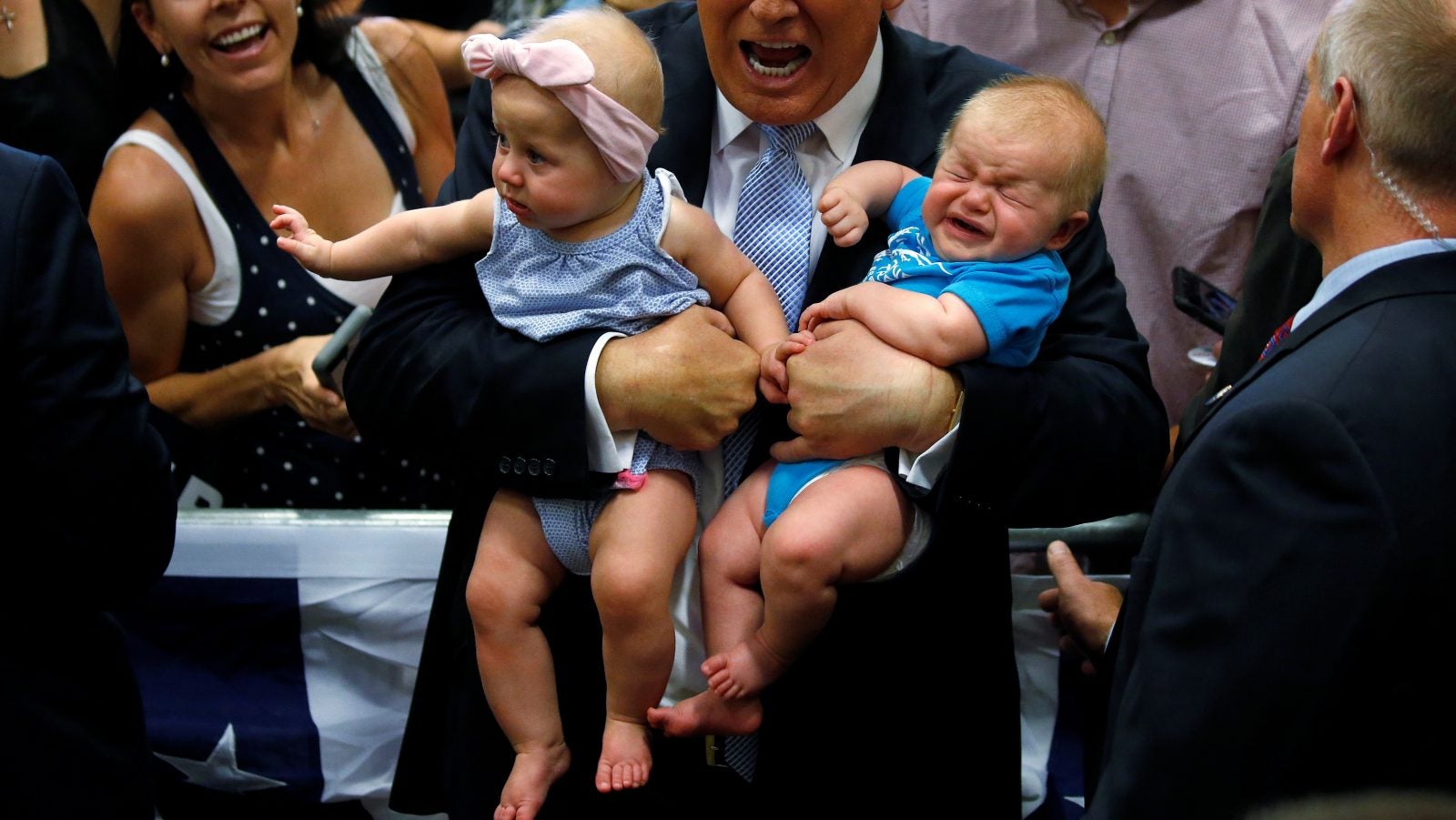US birth rates have fallen to the lowest point ever, but in one age group they’re rising
Americans are having fewer babies.


Americans are having fewer babies.
The fertility rate, or number of babies born per thousand women, declined in 2016 from the previous year to 62 births—the lowest since records began, according to provisional data released by the US Centers for Disease Control and Prevention.
Specifically, young Americans are having fewer babies. The biggest decline was in the rate of births to teenagers aged 15 to 19, which plunged 9% year-over-year. Women throughout their 20s also had fewer kids.
But among women in their 30s and 40s, rates increased, reflecting a steady trend since 1990 toward older motherhood:

Statistics also show that Americans are getting married less. So perhaps it’s surprising to note that the rate of birth to unmarried couples fell by 3% year-over-year—perhaps because more of the mothers are older, and therefore likely to be married. Almost 40% of American babies were born to unmarried mothers last year.
Fertility rates are falling in most developed countries, as increased family planning and better healthcare means people choose to have fewer children. In the US, rates plummeted after the 1960s with the advent of widely available contraception, but haven’t fallen every year. Fluctuations can track economic recoveries and declines, for example, but don’t always. Demographers disagree about what exactly drives those shifts, but are generally united in worrying that the decline is irreversible.